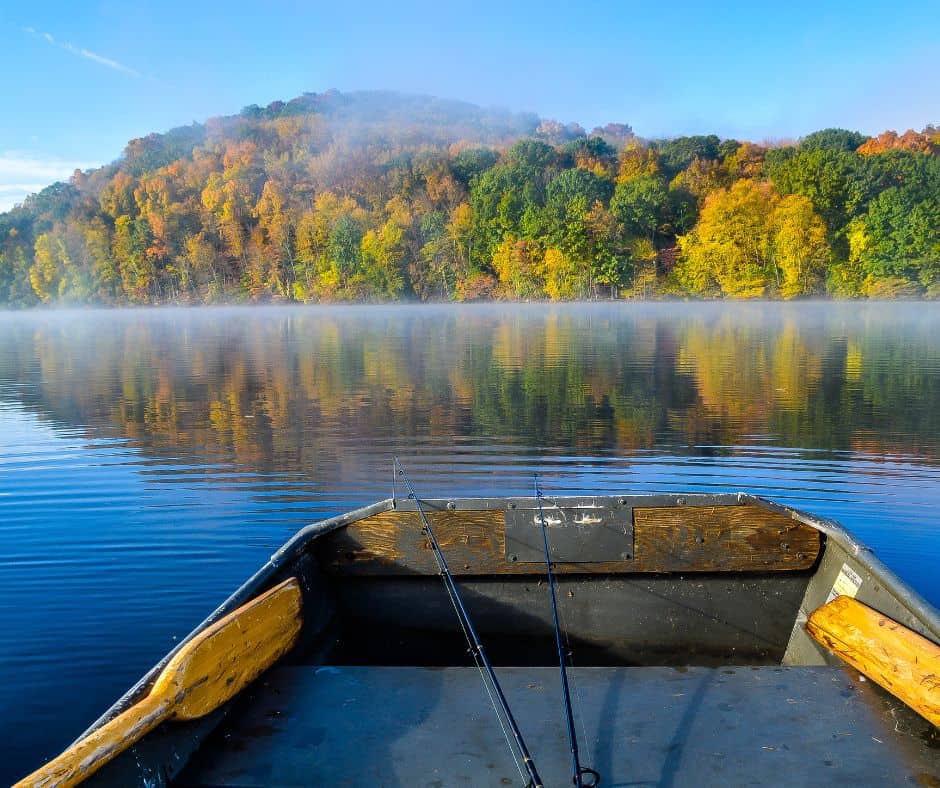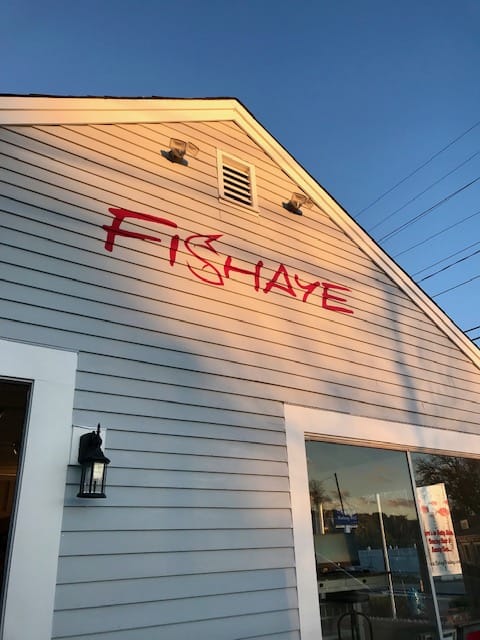
If you haven’t been on any fishing trips yet this summer, there’s still time to add one to your calendar! These destinations offer unique experiences for any type of fisherman.
- YELLOWSTONE NATIONAL PARK FISHING EXPERIENCES
The Snake River snakes its way through Yellowstone National Park in Wyoming, and it has some amazing opportunity for trout fishing. This goes down as one of the best fishing trips in American, due to the majestic scenery of the park itself.
- SALMON FISHING IN IDAHO
In the town of Salmon, ID, you can also catch some fresh salmon! This town is also known for brook and rainbow trout.
- FRESH AND SALTWATER FISHING IN VENICE
This waterfront town located just 90 minutes from New Orleans is one of the most unique fishing destinations in the country thanks to its abundance of freshwater fish!
- LONE STAR STATE FISHING
Bass is literally the big fish for fresh water anglers, and some of the best summer fishing trips for fresh water bass in the whole of the U.S. is just 65 miles from Dallas, in Lake Fork.
- LAKE CHAMPLAIN
Head north to Lake Champlain for one of the best, and most efficient summer fishing trips on offer in America. Because of an agreement between New York and Vermont, the two states on either side of the lake, only one fishing license is required to catch any number of: largemouth bass, smallmouth bass, walleye, northern pike and more!
- ISLAND FISHING EXCURSIONS IN VIRGINIA
Chincoteague Island is abundant with tasty flounder that anglers will want to use a combination of bucktail jig lures and minnows to catch. During your fishing adventures on the northern Virginia coast in summertime, you will also find trout, sea bass, and croakers swimming with the flounder.
Don’t forget to check out FishAye after your trip for some fishing memorabilia!
Source: https://www.takemefishing.org/blog/august-2022/the-6-best-end-of-summer-fishing-trips/?feed=posts





Recent Comments